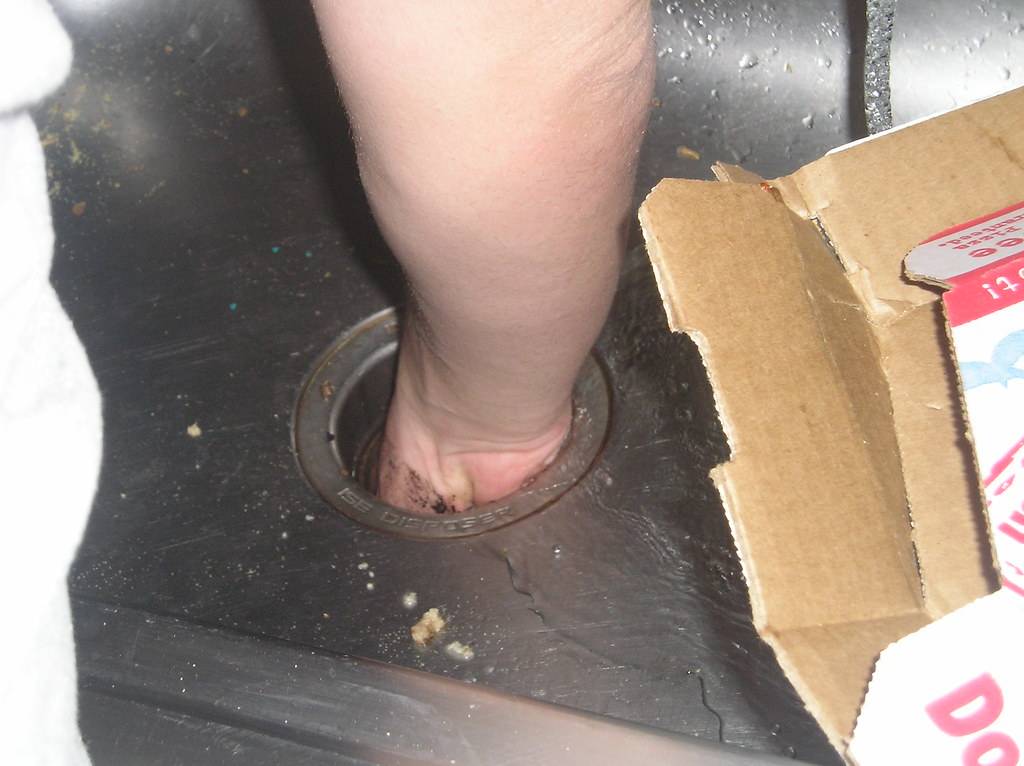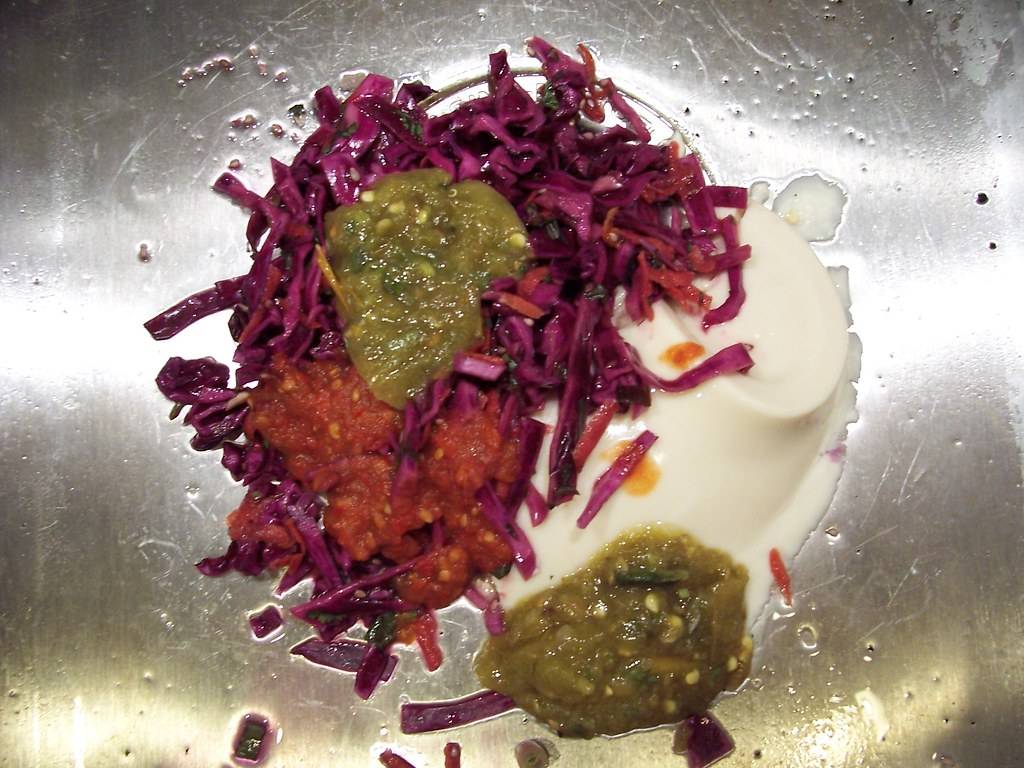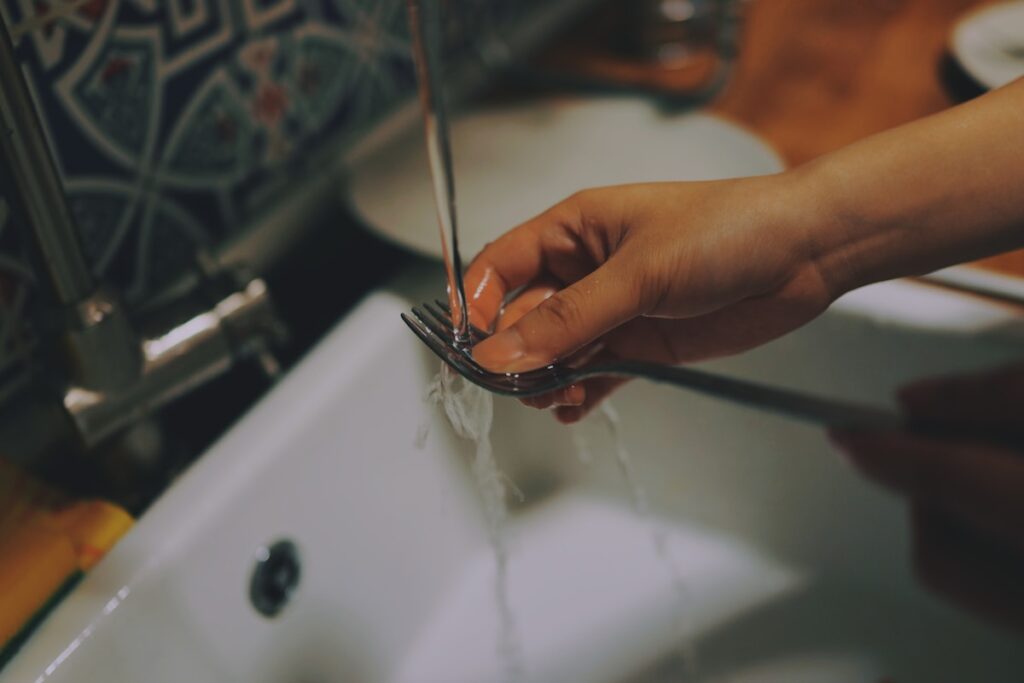Learning how to unclog a garbage disposal can save you time, frustration, and potentially a call to a plumber. Whether it’s a stubborn clog or an unexpected jam, with a little patience and our easy-to-follow guide, your disposal will run smoothly again.
Have you ever been in the middle of cleaning up after a delicious dinner, only to find your garbage disposal isn’t cooperating? Let’s dive into the steps to unclog and unjam your garbage disposal, ensuring your kitchen is in the best shape possible.
Safety First: Turn Off the Power
Before beginning any work on your garbage disposal, you must ensure your safety by turning off the power.
This simple step would prevent accidental injuries if the disposal activated unexpectedly.
To do this, locate the unit’s plug under the sink and disconnect it. If your disposal is hardwired, find the appropriate circuit breaker and switch it off.
Always double-check by trying to turn the disposal on—if it’s silent, you’re ready to proceed.
These precautions set a safe stage for unclogging or unjamming your garbage disposal.
Identifying the Problem: Clog or Jam?
To address the issue, it’s crucial to identify whether you’re dealing with a clog or a jam.
A clog usually happens when food particles obstruct the pipes, hindering proper drainage.
Conversely, a jam is caused by solid objects caught in the disposal’s blades, preventing them from rotating.
A simple way to distinguish between the two is to listen for a humming noise—this generally indicates a jam. In contrast, slow-draining water is a telltale sign of a clog.
By accurately diagnosing the problem, you can select the most effective method to restore your garbage disposal’s functionality.
Using a Plunger to Clear a Clog
If you believe a clog is causing the problem, you might need a plunger. Start by filling your sink with a few inches of water to ensure a good seal around the plunger.
Position the plunger directly over the drain and give it several firm, steady pumps. This should create enough pressure to dislodge the clog.
Once you’ve completed a few pumps, lift the plunger to see if the water begins to drain away smoothly. If the sink empties as expected, the clog will likely be cleared.
Should the water remain stagnant, repeat the plunging process a few more times. If the clog persists, you might need to explore additional removal methods.
This simple approach can often quickly resolve clogs, saving you time and frustration.

Manually Unjamming the Garbage Disposal
For jams, manual intervention is often necessary.
First, locate the hex key that typically comes with your garbage disposal, usually found under the sink or attached to the disposal itself. Insert the hex key into the hex socket at the bottom of the disposal.
By turning it back and forth, you can manually move the blades and hopefully dislodge whatever is causing the jam.
If you can’t find the hex key, don’t worry! A wooden spoon can also be effective. Carefully insert the handle end into the disposal from above and gently push against the blades.
This can help free any trapped waste. Remember to avoid using excessive force to prevent damaging the unit.
Once you’ve freed the blades, reconnect the power and test the disposal.
Give it a quick run to ensure the jam is completely cleared and the blades are rotating smoothly.
These steps will help you easily tackle any jam and restore your garbage disposal to proper working order.
Running Water to Flush Out Debris
After you’ve successfully cleared the clog or jam, running water through the disposal is crucial to remove any lingering debris. Start by turning the cold water on at full pressure.
Cold water is necessary because it helps solidify any residual grease or fat, making it easier for the disposal to chop them up and flush them out.
Keep the water running while you turn the disposal on, letting it run for about 30 seconds.
This ensures that all the loose particles are washed away, preventing them from settling back into the pipes and causing future blockages.
Make sure the water is flowing smoothly and continuously while the disposal is running.
This continuous flow helps guide all the dislodged debris through the system and out of your plumbing.
If you notice the water isn’t draining as quickly as it should, you might need to repeat the process or check for any remaining obstructions.
Running water through the disposal clears away leftover debris and helps keep your disposal clean and odor-free.
Regularly flushing your disposal this way can help maintain its efficiency and reduce the risk of future clogs, keeping your kitchen in optimal working condition.
Maintenance Tips to Prevent Future Issues
Routine maintenance is key to keeping your garbage disposal in top condition.
Use Cold Water
Start by running cold water whenever you use the disposal. This helps solidify fats or grease, making it easier for the disposal to chop them up and flush them out.

Be careful what you put in the disposal
Avoid putting fibrous foods like celery or potato peels down the drain, as they can wrap around the blades and cause jams.
Similarly, starchy items like pasta and rice can expand with water, leading to clogs.
Use Ice
Regularly toss a few ice cubes into the disposal.
The ice helps clean the blades and can dislodge any small bits of food stuck inside.
For added freshness, you can also grind citrus peels, such as lemon or orange. This helps eliminate odors and keeps your kitchen smelling great.
Use regularly
Using a disposal cleaner periodically can also help maintain your unit. These cleaners are designed to break down grease and grime, ensuring the internal components remain clean and functional.
Some people also find that pouring a bit of baking soda and vinegar into the disposal, letting it sit for a few minutes, and then rinsing it with hot water can work wonders.
Integrating these easy maintenance habits into your routine’ll ensure your garbage disposal remains efficient and reliable, reducing the likelihood of future clogs or jams.
FAQ
Can certain foods cause more frequent jams or clogs in garbage disposals?
Certain foods are more likely to cause problems in your garbage disposal. Foods like fibrous vegetables, pasta, rice, and coffee grounds can expand and create blockages, leading to more frequent jams or clogs.
Also, grease and fat can solidify and coat the disposal blades, reducing their efficiency. To keep your unit running smoothly, it’s best to avoid disposing of these items.
Are there any specific signs that indicate whether the problem is a jam or a clog?
A jam often causes the disposal to make a humming sound as the motor is trying to work, but the blades can’t move.
In contrast, a clog may result in slow drainage or water backing up into the sink. If you notice these signs, addressing the issue promptly is essential to prevent further damage.
Regular maintenance and being mindful of what you put down the disposal can help avoid these common problems.
What safety precautions should be taken before attempting to fix a garbage disposal?
Before attempting any repairs, always make sure the disposal is turned off and disconnected from its power source to avoid accidental activation.
Use tools like pliers or a wrench instead of your hands to clear jams safely. Also, consider using a flashlight to inspect the disposal for any visible obstructions before proceeding.
This can help you identify and remove the blockage more effectively without risking injury.
